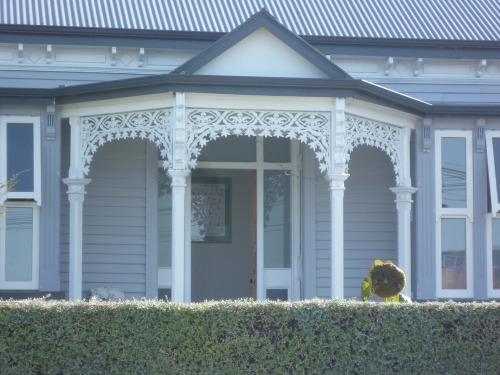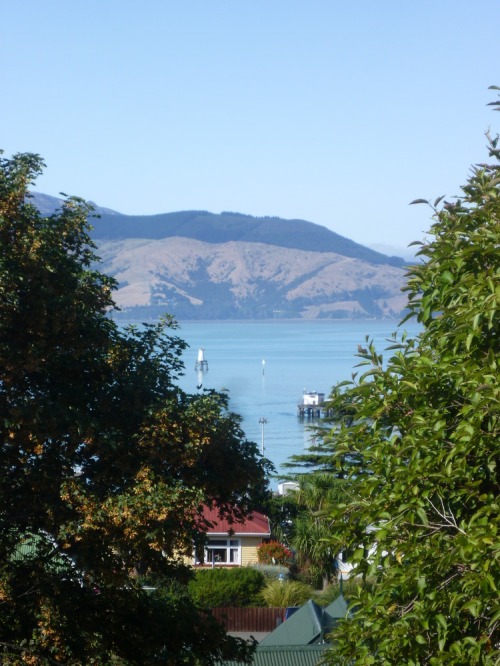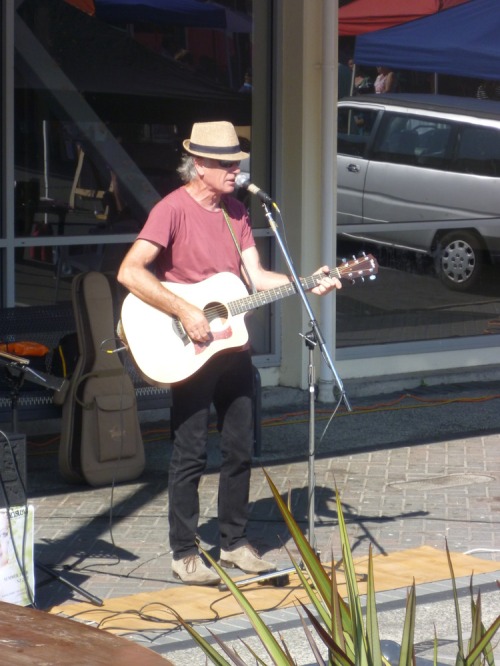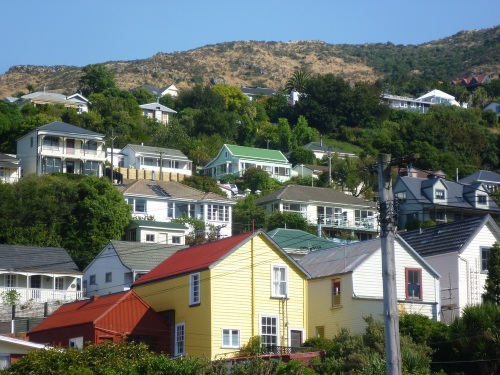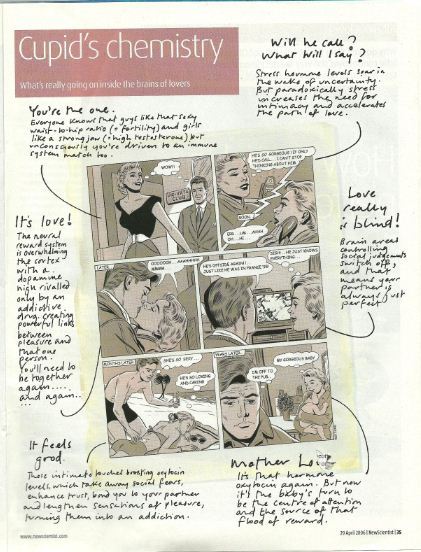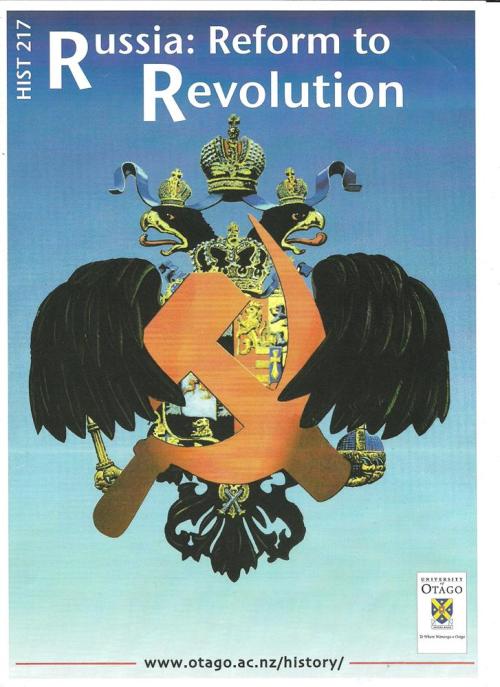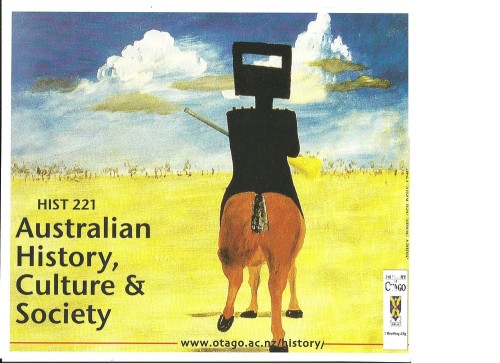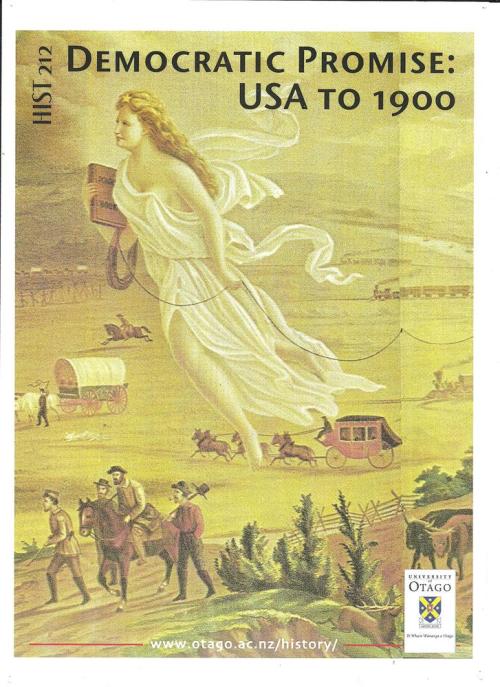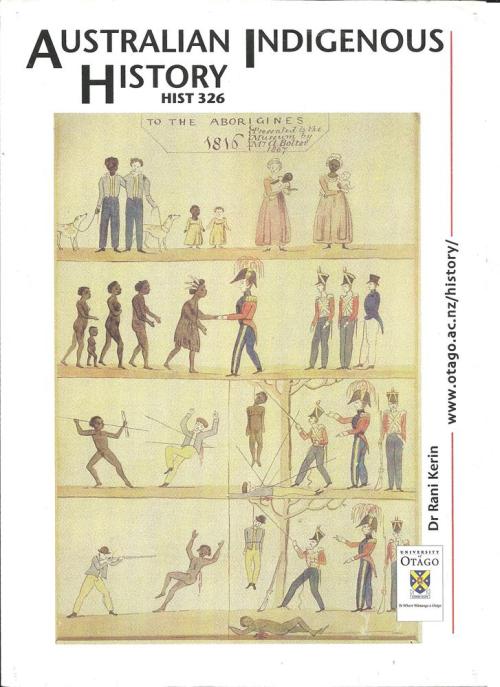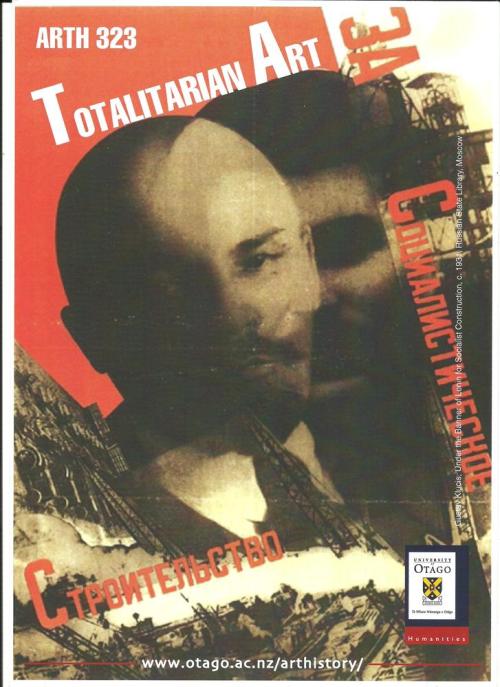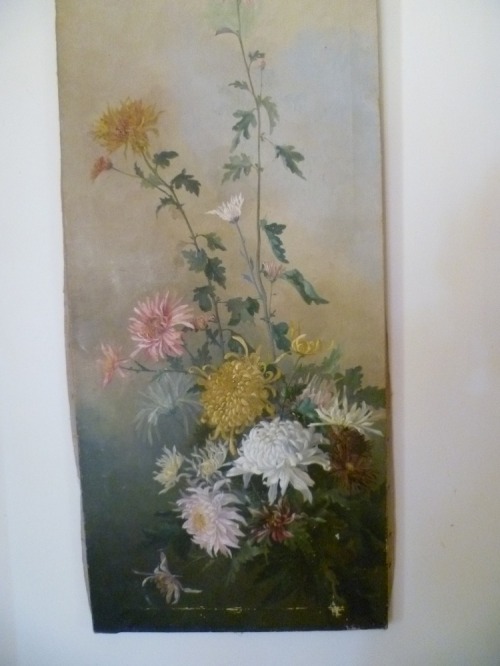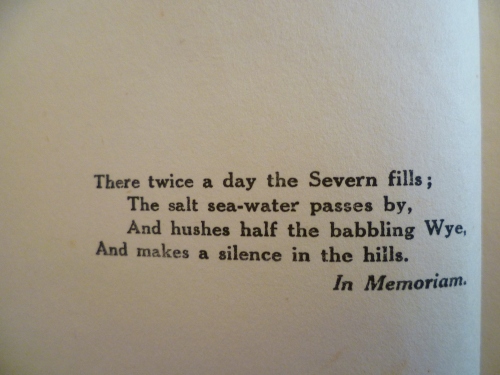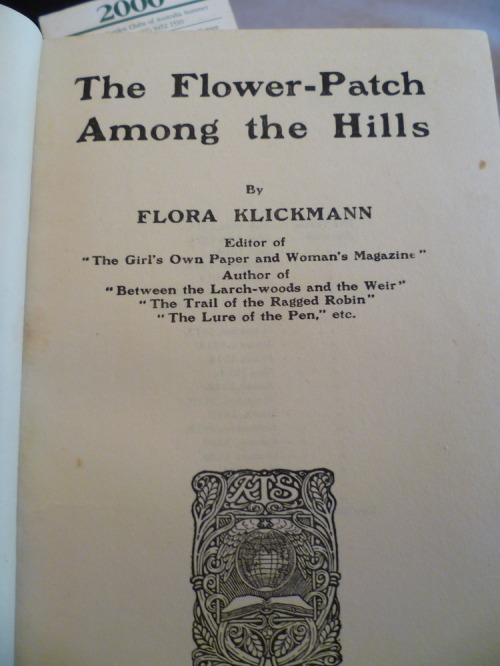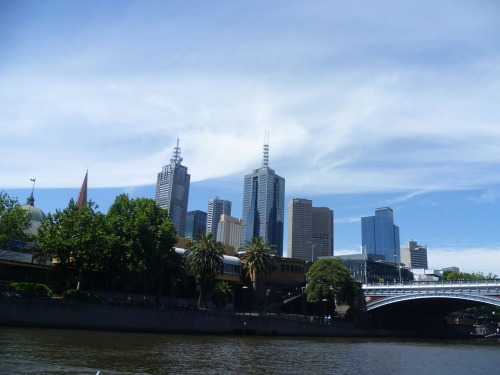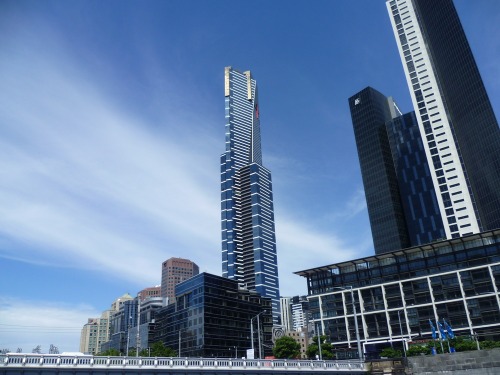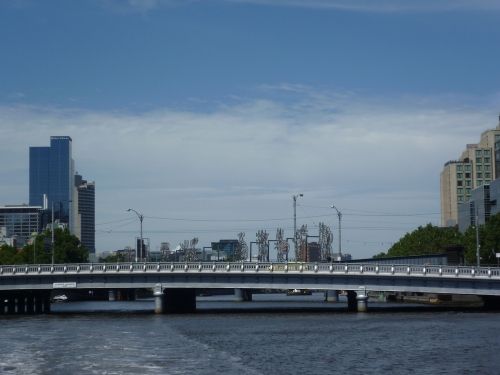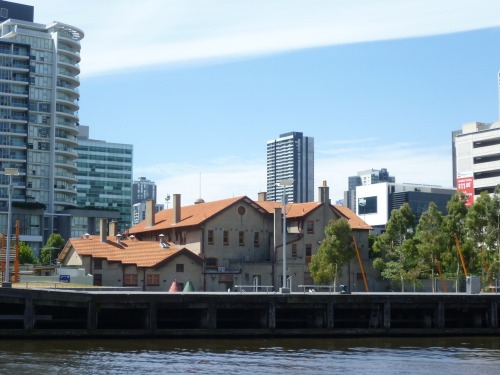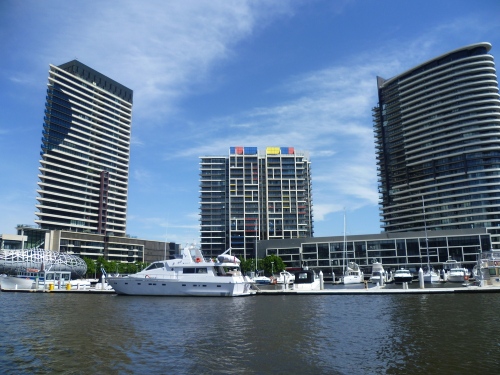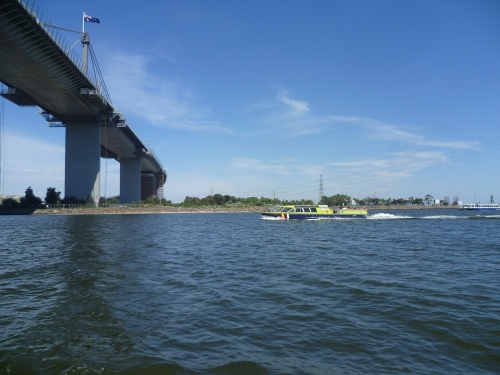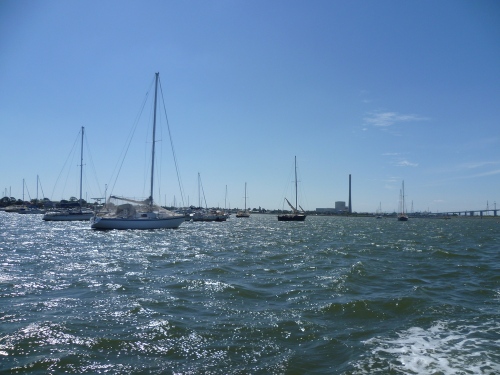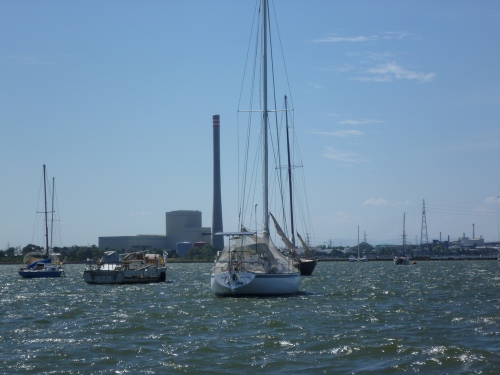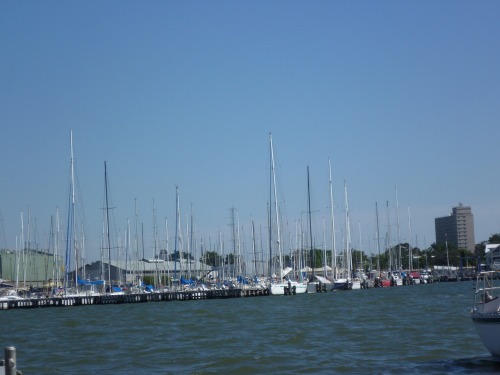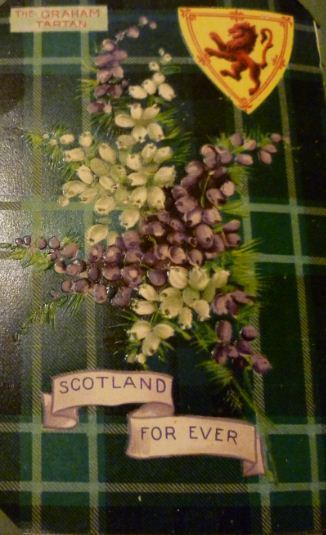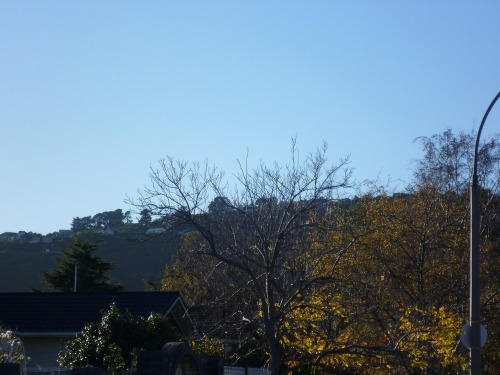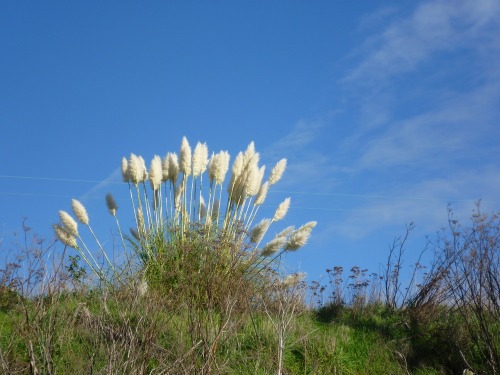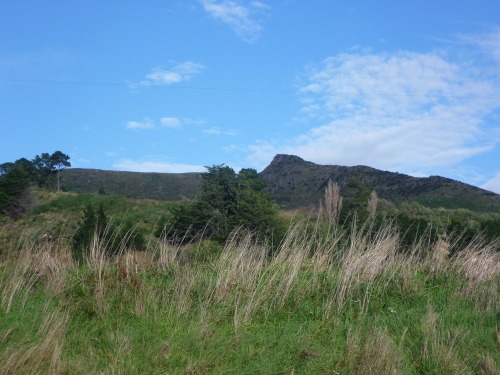Not everyone likes the biological model.
Liked the look of these. The University of Otago (in Dunedin) is a fine institution.
You have to be very unlucky not to have had a great-aunt or two in your life. I have had quite a number. My mother did too — the ‘aunts’ of Mangrove Mountain were often mentioned in my childhood. The said aunts (actually my mother’s great-aunts) bought a property (‘Towrie’ on Blood Tree Rd) in 1915 and it has a charming history of flowers, passionfruit and lemons, kookaburras, an Exmoor pony, expert bee-keeping and comfort (not that sort!) for troops in WWII. My mother went there as a schoolgirl for holidays (late ’40s, early ’50s) and I always felt a little envious of her tales of her times there. The aunts (Grace and Claudia Hull) were retired schoolteachers (they had had their own private girls’ school where young girls were trained to be ‘women, wives and mothers’) and were plainly very gentle in their ways. Claudia (b.3rd August 1867) had been a student of Lucien Henry, at the Sydney Technical College (now the National Art School). Henry was a Frenchman who had trained at the Ecole des Beaux-Arts in Paris. A family history states that Claudia’s talent for painting when young was ‘outstanding evidence of the inheritance of artistic ability’ without explaining in any way what this means or to whom it refers. (And the inheritance has not come to me). But anyway Claudia could draw a horse and a flower. I don’t know who now has the painting of two horses at play that once graced a wall at ‘Towrie’ but numbered among my mother’s possessions is an oil painting of chrysanthemums by Claudia. The red dust of many years has perhaps dulled the work a little but it still pleases the eye, I think.We like the painted-out bits as a sign of the artist’s struggle.
I don’t read as much as I used to. I’m a bit tired these days and my vision, never good, is now weaker than ever. So I often stare a bit blindly at the pages of a book and reflect on the mild irony of how those with 20/20 vision are often proud non-readers and delight in their skills at sighting woolly mammoths 10 nautical miles away. But I still persevere a bit with reading and don’t hesitate to tell the long-suffering that they should read this, that or the other. Of course I’m usually quite taken aback when someone suggests that I read something (e.g. ‘Oh, Jodie Picoult is a wonderful writer!’) but I try to downplay the superior smirks.
And I don’t mind admitting that I have not read the top 100 of anyone’s list and am now, despite what anyone says, unlikely to read William Faulkner. I’m sure he’s brilliant but I’ve got wise to the fact that, however transporting it is at the time, most books won’t change your life or the way you think. Of course I’ve sort of fallen in love with characters (for a bit) and marvelled at the well-turned phrases of my favourite authors and re-read the saucy bits in various books in a way that some might think is a little unhealthy. I suppose it’s the same for everyone who still bothers with this archaic form of entertainment.
And I feel distinctly sorry (and other things) for those who think that a ‘graphic novel’ is in anyway a valid substitute for a book with printed words covering each of several hundred pages. And I have a ‘kindle app’ and I know you can get incredibly cheap books on it and so on but I loathe the e-book and the world it represents and I know that the first ten pages of ‘Gulliver’s Travels’ are all I’ll ever read on it unless someone pulls out the thumbscrews and threatens to break one of my fingernails.
So the world of books isn’t what it was, and the world isn’t quite what I want but I have one little thing to look forward to and that is one day I shall at least start this book which is one of my mother’s chief comfort reads. I bet it’ll never be an e-book.
I’m fond of coincidences, semi-coincidences and even semi-demi coincidences. This one involves people born in Leominster, people who were at Dulwich College and a Christchurch-based poet. Anyway, it’s all too long to tell, really, but I found the following in ‘Vibrant with words – The letters of Ursula Bethell’ (Ed. Peter Whitford).
Desiderium
It is to sit and want and not to have,
To sit and want with the whole heart and soul
To know that what you want and only that
Will make you happy and yet not to have.
To think of what you want and have it not;
To see it in your thoughts and not to have it,
To hear it always, whosoever speaks,
Whatever sounds there are, yet not to have.
To dream you have it, happy, then awake
And call to it and know you have it not,
And other things that you might have — and at times
Can wish for, and the other wish seems dead.
And when you have them, and should be content,
Back comes the other wish and speaks to you,
And you are bound to hear, and in your heart
All liking falls away for what you have,
And you are dead, alive, for what you have not,
And where you were before, there you are now,
Captive and miserable, and again you sit,
And want with all your heart and have it not.
Bethell comments that this is only true part of the time (in a letter dated Jan 3rd 1944).
The authorship of Desiderium is uncertain but it may be attributable to Arthur Gilkes who retired as headmaster of Dulwich in 1914, and who was vicar of St Mary Magdalen’s in 1917 (d.1922).
(Shackleton went to Dulwich, too.)
I caught a ferry again the other day. The rain didn’t spoil the trip at all. Even in the grey murk Sydney Harbour is quite magnificent, and the Sydney Harbour Bridge and the giant Gothic seashell that is the Sydney Opera House are old friends. The swell through the heads added some excitement without any queasiness. My sister and I leapt off at Manly, dashed out past the Bavarian bear (an odd seaside attraction I thought, but what would I know) and had a quick look at Captain Arthur Phillip’s landing spot on Australian soil, he being the first white man to set foot on it. There’s an Olympic walk there, too, but to be quite honest my interest in this is a bit weak. There were no little penguins about either, so we dashed back (it was still raining) and leapt on the ferry with a minute to spare.
About six months ago I was in Melbourne. After seeing the Gustave Moreau exhibition at the NGV Ingrid and I took a ferry ride down (or it may have been up) the Yarra to Williamstown. I took some pictures along the way. It was hot though. I had to have a beer at the pub afterwards.
The 21st May is the anniversary of the execution of James Graham, Marquis of Montrose (1612 – 1650). He led his army of Highlanders and Irishmen to victory after victory over the Scots Covenanting enemies of King Charles I. Montrose was eventually betrayed and hanged on a thirty-foot gibbet at Edinburgh Market Cross. It is reported that he went to his death ‘like a bridegroom’ with even one of the hangmen in tears.
The following is attributed to him:
‘He either fears his fate too much
Or his deserts too small
That dares not put it to the touch
To gain or lose it all’
Montrose
